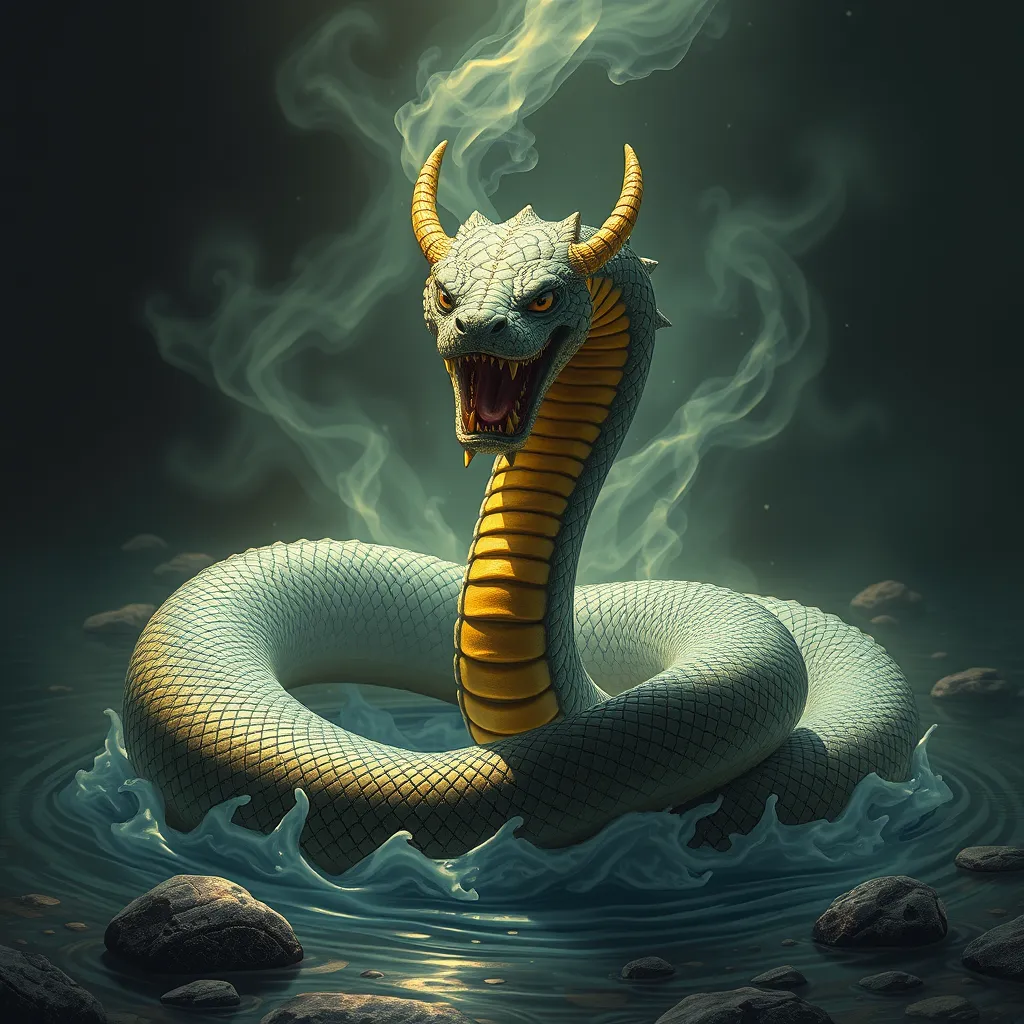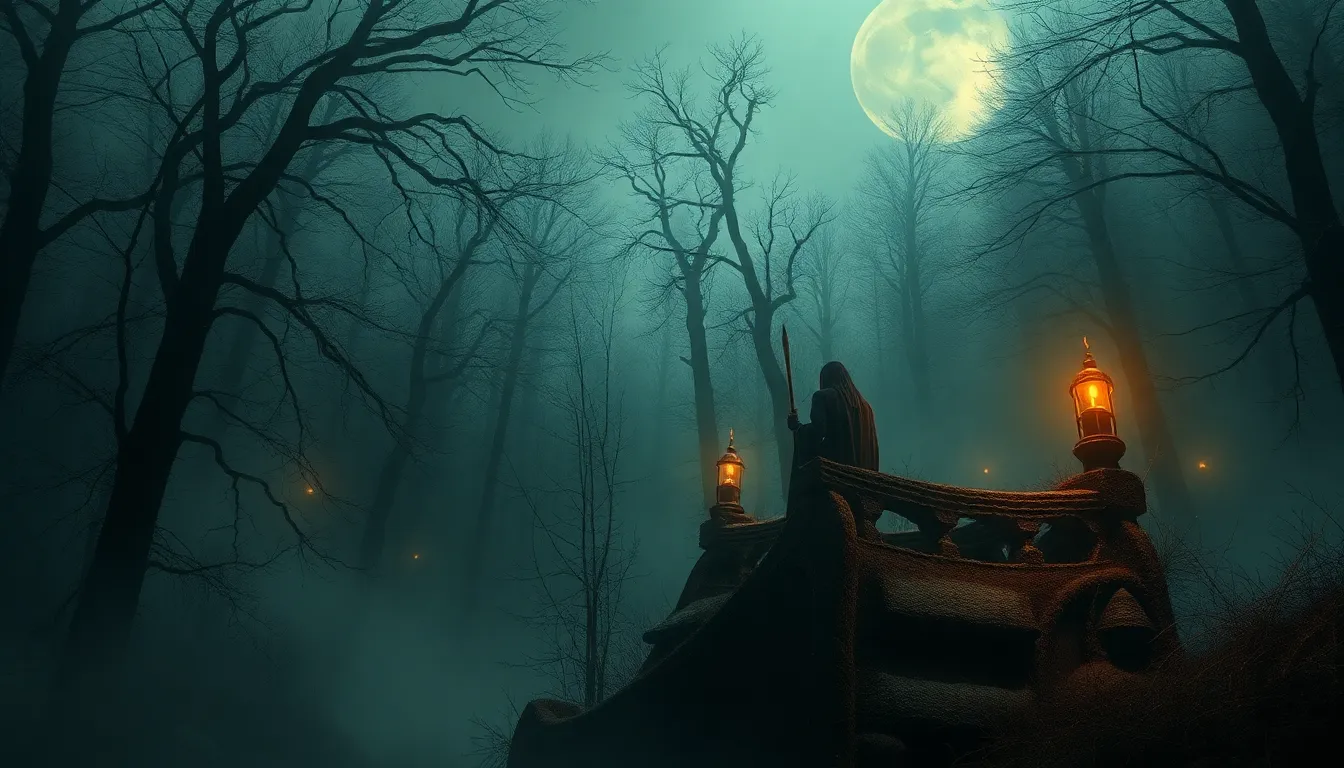Lamia’s Hidden Powers: Exploring the Lesser-Known Abilities of the Serpent Woman
I. Introduction
Lamia is a complex figure rooted in ancient mythology, often depicted as a monstrous woman with serpentine features. Her story is intertwined with themes of love, loss, and vengeance, making her a captivating character in various cultural narratives. This article aims to uncover the lesser-known abilities and powers of Lamia, exploring how her character has evolved throughout history.
II. The Origins of Lamia
A. Historical context and variations in myth
Lamia’s origins can be traced back to ancient Greek mythology, where she was often portrayed as a beautiful queen of Libya. Her tale varies significantly across different sources, with some accounts emphasizing her tragic love story with Zeus and her subsequent transformation into a monster. The variations in her myth highlight the fluidity of her character and the different cultural interpretations of her story.
B. Lamia in ancient literature and folklore
References to Lamia can be found in the works of various ancient poets and playwrights. Notably, she appears in the writings of:
- Plutarch: Mentioned her as a lover of Zeus who was cursed to become a child-eating demon.
- Apollonius of Rhodes: Described her in his epic “Argonautica,” where she is depicted as a fearsome creature.
- Ovid: In “Metamorphoses,” he recounts her transformation and sorrow, adding depth to her character.
III. The Transformation: From Woman to Serpent
A. The mythological transformation process
The transformation of Lamia from a woman into a serpent signifies profound loss and betrayal. After losing her children to Hera’s jealousy, Lamia is cursed to take on a monstrous form, symbolizing her grief and rage. This metamorphosis is pivotal in understanding her character, as it reflects the duality of her nature—both human and monstrous.
B. Symbolism of the serpent in Lamia’s story
The serpent is a powerful symbol in mythology, often representing:
- Fertility and rebirth: Despite her tragic tale, the serpent also embodies the potential for regeneration.
- Deception: The serpent’s ability to shed its skin parallels Lamia’s own capacity for transformation and disguise.
- Feminine power: As a female figure, Lamia’s serpent form challenges traditional gender roles and highlights the dangers of feminine rage.
IV. Seductive Charm: The Allure of Lamia
A. Exploration of Lamia’s enchanting abilities
Lamia’s seductive charm is one of her most notable abilities, often luring men into her trap with her beauty and allure. This aspect of her character is not just about physical attraction; it encompasses a deeper, more psychological manipulation:
- Hypnotic gaze: Legends suggest that her gaze could mesmerize and enthrall her victims.
- Alluring voice: Lamia is often depicted as having a voice that captivates and entices, drawing men closer.
B. Psychological impact of her seduction techniques
The psychological implications of Lamia’s seduction are profound. She embodies the archetype of the femme fatale, representing a dangerous allure that can lead to destruction. Her story serves as a cautionary tale about the consequences of desire and obsession.
V. The Power of Illusion and Deception
A. Lamia’s ability to shape-shift
Lamia’s powers extend beyond seduction; she possesses the ability to shape-shift, creating illusions that allow her to disguise herself as a beautiful woman or even as friendly creatures. This skill makes her a formidable figure in folklore, as she can manipulate her surroundings and deceive those around her.
B. Examples of illusionary powers in folklore
Lamia’s shape-shifting abilities are echoed in various mythologies, showcasing the universal theme of deception:
- Selkie myths: In Celtic folklore, selkies can transform from seals into humans, often leading to tragic love stories.
- Rusalka tales: In Slavic folklore, rusalki are water spirits that can take on human forms to entice men.
VI. Maternal Instincts and the Dark Side of Lamia
A. The story of Lamia as a mother
Despite her monstrous form, Lamia’s story is deeply rooted in her identity as a mother. Her fierce love for her children is what ultimately drives her to madness after their loss. This aspect of her character reveals a more compassionate side, showing that her rage stems from profound grief.
B. Exploration of her protective and vengeful powers
Lamia’s protective instincts manifest in her vengeful nature, particularly against those who threaten her offspring. This duality emphasizes her tragic complexity as a mother who is both nurturing and destructive:
- Vengeful spirit: She is known to prey on children, reflecting her twisted desire to reclaim what was lost.
- Guardian of the lost: In some tales, she is portrayed as a protector of orphaned souls, showcasing her nurturing side.
VII. Lamia in Modern Culture
A. Representation of Lamia in literature, film, and art
In contemporary culture, Lamia continues to captivate audiences through various forms of media. She appears in:
- Literature: Authors like Angela Carter and Neil Gaiman have reinterpreted Lamia in their works, often emphasizing her complexity.
- Film: Movies such as “The Brothers Grimm” and “Lamia” showcase her as a central figure, blending horror with mythology.
- Art: Visual artists frequently depict Lamia, exploring themes of femininity and monstrosity.
B. Evolution of her character and powers in contemporary interpretations
Modern interpretations of Lamia often challenge the traditional narratives, presenting her as a more nuanced character. This evolution reflects societal changes in the perception of female power, victimhood, and agency, allowing Lamia to emerge as a symbol of resilience and complexity rather than merely a monster.
VIII. Conclusion
In conclusion, Lamia is a multifaceted figure whose hidden powers extend far beyond her monstrous exterior. From her seductive charm and illusionary abilities to her maternal instincts and protective nature, Lamia embodies the complexities of love, loss, and vengeance. Her significance in modern mythology and culture continues to evolve, reminding us of the enduring power of myth and the intricate narratives that shape our understanding of femininity and monstrosity.



